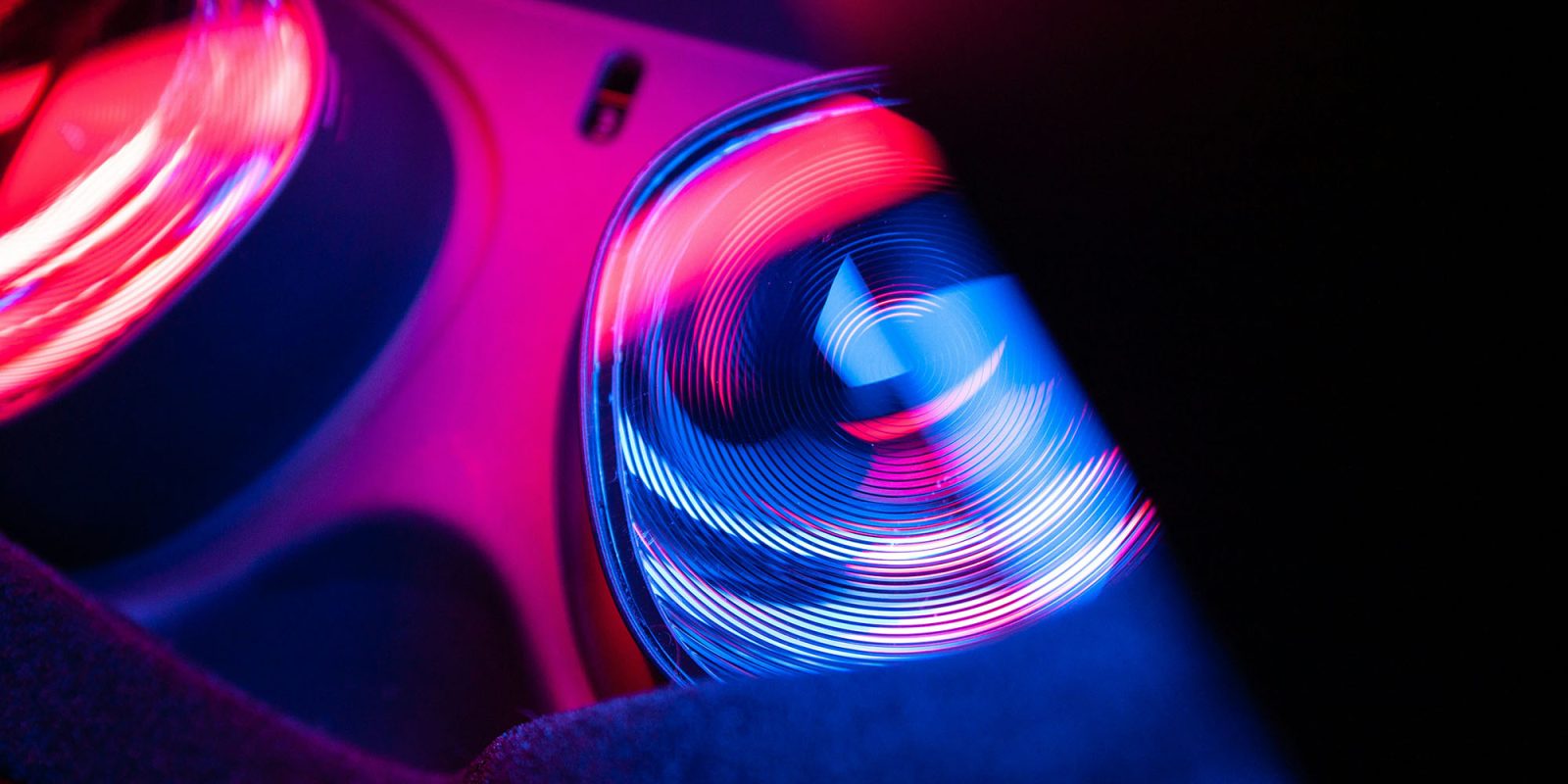
Vision Pro isn’t large enough to accommodate eyeglasses, so wearers will need prescription lens inserts instead. But that might not always be the case: A new Apple patent describes a way to electrically adjust the displays to suit your vision.
The system Apple describes is done dynamically, so it can effectively match a different prescription for each eye, and also allow switching the same device between multiple users with different prescriptions …
Prescription lens inserts
Some AR/VR headsets have sufficient space inside the casing to accommodate at least some eyeglasses, but Apple opted to keep the unit as slim as possible, meaning no space for glasses.
Those who normally wear glasses will instead need to purchase prescription lens inserts at extra cost. While these turned out to cost significantly less than some predicted, they are still an added expense for an already costly product, with Apple seemingly also taking steps to block the use of third-party inserts.
Electrically-adjustable displays
But a newly-granted Apple patent suggests that prescription lenses won’t always be necessary for Apple Vision products. Patently Apple spotted the patent, which describes the use of electrically-adjustable displays instead.
Eyeglasses may be worn by a user and may include one or more adjustable lenses each aligned with a respective one of a user’s eyes. For example, a first adjustable lens may align with the user’s left eye and a second adjustable lens may align with the user’s right eye.
Each of the first and second adjustable lenses may include one or more liquid crystal cells or other voltage-modulated optical material. Each liquid crystal cell may include a layer of liquid crystal material interposed between transparent substrates.
Control circuitry may apply control signals to an array of electrodes in the liquid crystal cell to adjust a phase profile of the liquid crystal material.
The patent later explains that ‘adjustable phase profile’ is another way of saying ‘adjustable lens power.’ Other terms may also be used.
Control circuitry may also control the operation of optical elements such as adjustable lens components. Adjustable lens components which may sometimes be referred to as adjustable lenses, adjustable lens systems, adjustable optical systems, adjustable lens devices, tunable lenses, etc., fluid-filled variable lenses, and/or may contain electrically adjustable material such as liquid crystal material, volume Bragg gratings, or other electrically modulated material that may be adjusted to produce customized lenses.
Each of components may contain an array of electrodes that apply electric fields to portions of a layer of liquid crystal material or other voltage-modulated optical material with an electrically adjustable index of refraction (sometimes referred to as an adjustable lens power or adjustable phase profile). By adjusting the voltages of signals applied to the electrodes, the index of refraction profile of components may be dynamically adjusted. This allows the size, shape, and location of the lenses formed within components to be adjusted.
Apple says that this approach could be used even for hi-tech versions of plain spectacles, as well as for AR/VR devices.
Glasses may be used purely for vision correction (e.g., glasses may be a pair of spectacles) or glasses may include displays that display virtual reality or augmented reality content (e.g., glasses may be a headmounted display). In virtual reality or augmented reality systems, adjustable lens components may be used to move content between focal planes from the perspective of the user. Arrangements in which glasses are spectacles that do not include displays are sometimes described herein as an illustrative example.
We include our usual cautionary note, that Apple patents way more things than ever make it into products, but this one certainly sounds like it would be an exciting addition to any future Apple Vision or Apple Glasses product.
Photo by James Yarema on Unsplash
FTC: We use income earning auto affiliate links. More.


Comments